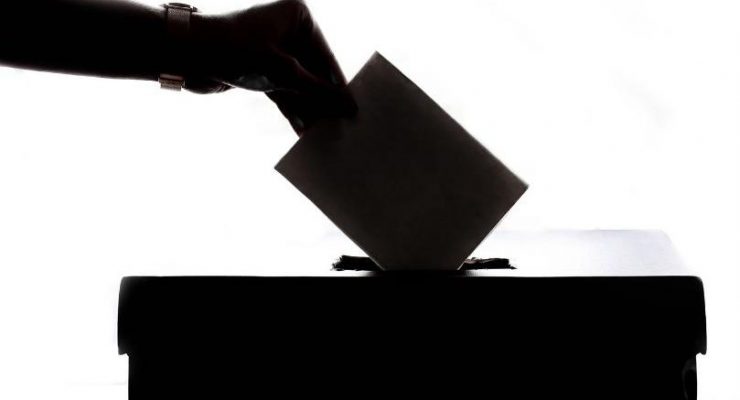This is a remarkable year for elections and democracy globally with about half the population of the world having the opportunity to vote in consequential national or local elections. But those of us that teach in the US might encounter students that are only thinking about the upcoming election here in November. During our recent webinar, Engaging Elections: The Politics of Teaching as Public Sociology, we asked our panelist to address the question of how to teach about the US election and engage in what is most relevant and present for our students, while transmitting a comparative and historical sensibility. That is, how we might bridge the pedagogical imperative to provide a comparative and historical perspective with the teaching as public sociology imperative to make content relevant and relatable in the lives of students.
Benjamin Bradlow pointed out that our students are living in a time where “the mainstream press reports on American politics…basically as a series of unpredictable events that are just kind of playing out as a reality show” (Bradlow, 31:43). Cedric de Leon also noted the polarization between the two political parties. Together, both Bradlow and de Leon highlighted how these experiences with media and party politics often alienate students. When asked how to re-engage students in the conversation, our panelists focused on how the sociological classroom can help contextualize this seemingly unpredictable political climate by using a case study approach.
Edwin Ackerman encouraged comparing the US to other countries as a way to help students answer questions like,
“why is it that this happened here, and not somewhere else versus, when you’re just looking at something within one particular country [it may feel] like it just happens right? It’s just some sort of chronological sequence of history that produces it. And there’s no sense of social determinant. But comparison also allows us to pinpoint what is specific about the US” (Ackerman, 24:12).
While using the US as a case study may make some theories more tangible to students, Bradlow noted that certain topics might provoke a sense of “alienation” for students from some backgrounds. In this case, de Leon suggested situating current events at an even more local scale – the campus.
De Leon emphasized the importance of anchoring macro-level theories that often seem very dense and hard to grasp within the students’ lived experiences. He said:
“a distinctive way of engaging our first publics … [is by] bringing the politics home… and perhaps one thing that we could do is compare the objects of inquiry, the issues, the social problems that we talk about in sociology and have [the students] compare it and contrast it to their own lived experience on our campuses” (De Leon, 33:10)
De Leon went on to describe an example from his Intro to Theory course. Highlighting the ways that “the same set of issues, social dynamics, processes and forms of institutional power are happening now right in front of [the students’] eyes” gives them a space for inquiry and engagement at their own doorstep.
These approaches create opportunities for students to connect their lived experiences to the topics discussed in the classroom, as well as answer causal questions about political events. It then becomes possible to inspire collective action and combat apathy and disengagement. For example, Bradlow mentioned that when teaching about climate change and climate policy, students often identify and get involved in local labor unions and other relevant organizations. de Leon emphasized that this kind of engagement often doesn’t resonate with students until they are engaged in comparative efforts to contextualize the world and the politics around us.
Using Campus Symbols to Engage Students
Cedric de Leon uses his campus as a way to bring dense theoretical and politically charged material to life. For example, when he teaches theories of settler-colonialism, he asks students to study what was until recently the seal of the University of Massachusetts-Amherst. Until 2023, the seal was an image of an Indigenous person underneath a disembodied arm holding a sword. De Leon said “I could assign a bunch of readings on Palestine and Israel. I could do that. But we could also talk about, comparatively speaking, the same set of issues… that are happening right in front of our eyes, not back in the day. We don’t have to talk about Christopher Columbus. We can talk about the seal of the University.” While every university may not have an emblem that ties directly to settler-colonialism, there is likely no shortage of material instructors can draw from campus or from within the immediate community to help bring complex material to life. Asking students to engage in discussions or assignments related to the symbols and histories on campus helps promote critical thinking and helps students identify ways that sociological theory touches their own lives. As Ackerman puts it, this kind of exercise “provides students with the tools for analysis” (Akerman, 47:50) that transfer beyond the classroom and push students to engage the world as sociologically-minded members of their respective publics.
We want to hear from you! How have you brought students’ lived experiences into your classroom discussions about elections and current events? What are other strategies for contextualizing today’s politics? Are there other approaches that you’ve found fruitful for engaging comparative and historical perspectives with your students? Share your ideas and experiences with the First Publics’ community in a Reflection and Class Note!


Comments